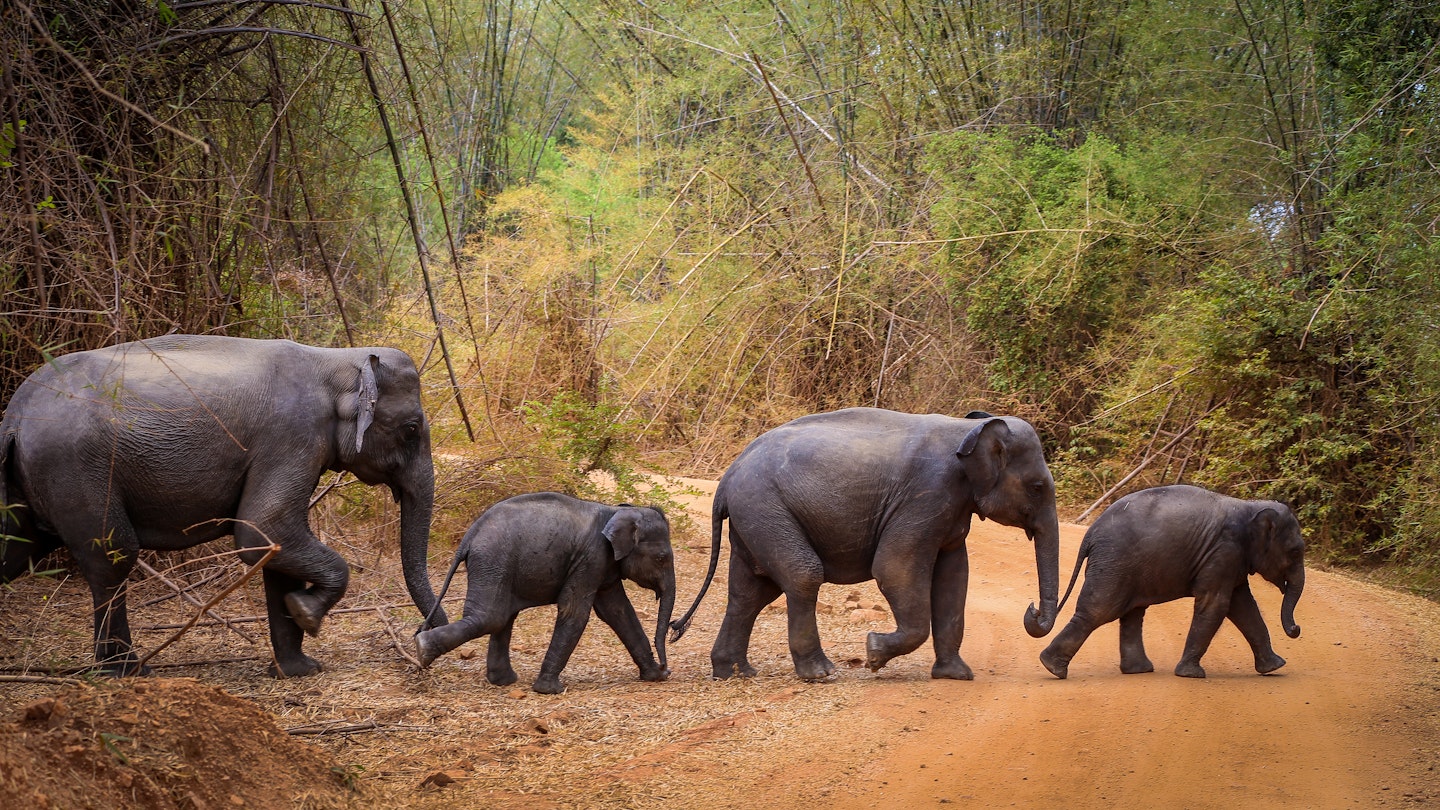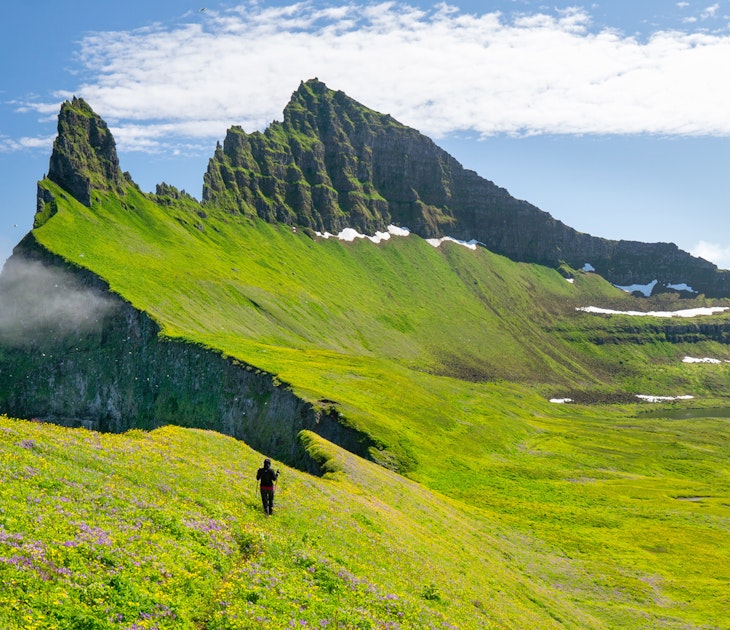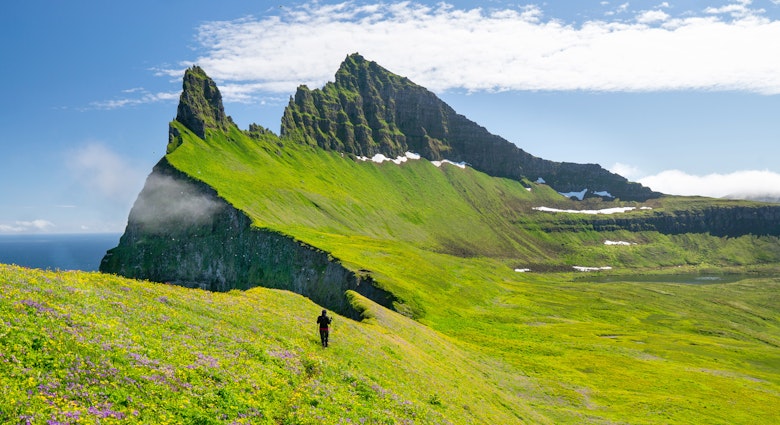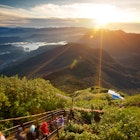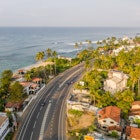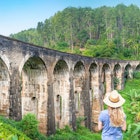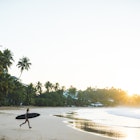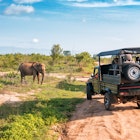A leopard basking in the fork of a tree. A family of elephants lumbering out of the tropical undergrowth. A solitary jackal gazing across an open plain in the early morning sun. These are just some of the sights awaiting in Sri Lanka's national parks – some of the wildest, most beautiful places on earth.
Some Sri Lankan parks are busy and crowded – most notably Yala, Minneriya, and Kaudulla – while others see just a slow trickle of visitors, but all hold secrets. In most, you can combine wildlife safaris with trips to sacred caves, forgotten stupas, and unexcavated fragments of ancient civilizations. But the top experience for visitors is coming face-to-face with one of Sri Lanka’s emblematic elephants. Some 7500 of them are spread across the country’s 22 national parks.
Visiting all of Sri Lanka’s national parks on a single trip is the preserve of career naturalists, so we’ve whittled down the list to a few favorites for nature-loving travelers with a tight schedule. Here's our pick of Sri Lanka’s best national parks.
Uda Walawe National Park, Sabaragamuwa and Uva Provinces
Best for spotting elephants
This vast and popular park on the southern fringes of Sri Lanka’s Hill Country is mostly covered with low-lying scrub, so seeing Sri Lanka’s majestic elephants is very close to a dead cert.
Around 700 elephants roam across the park, and they congregate in herds of up to 50 individuals. The best time to see them is on a jeep safari at sunrise or sunset – opt for the former and you’ll finish the safari decidedly less sweaty, while still making it back in time for breakfast.
While Sri Lanka's elephant orphanages have a mixed reputation, there are a few ethical operators close to Uda Walawe, in case you haven’t quite had your fill of cute jumbo toddlers. Start with the Elephant Transit Home, supported by the Born Free Foundation.
Seeing a leopard, while not impossible, is far less likely. There’s a relatively healthy population of these big cats at Uda Walawe, but they have plenty of places to hide and tend to keep a low profile. Crocodiles, on the other hand, are abundant and a host of beautiful bird species can be spotted on every safari.
Kumana National Park, Eastern Province
Best alternative to the crowded parks
A great alternative to crowded Yala and Minneriya, and easily reached from the east coast, Kumana National Park offers swampy grasslands and large, salty villus (natural lakes) where elephants wade and storks and ibis gather. On the edge of this watery landscape, the forest harbors spectacular hornbills, colorful minivets, and characterful langurs and macaques.
Elsewhere in the park, rocky outcrops conceal meditation caves and crumbling stupas, some with ancient inscriptions and statues. At Bambaragasthalawa, a towering boulder shades a time-worn statue of a reclining Buddha from the 9th century. You can reach it on foot from the park entrance with a local guide.
While elephants are the main attraction, Kumana is also a bird lover's paradise; keen birders might spot 100 species in one day. And, with an estimated 40 leopards roaming around, this park offers a very real chance of spotting Sri Lanka's most famous predator without being surrounded by other jeeps.
Do you need a visa to go to Sri Lanka?

Wasgamuwa National Park, Central and North Central Provinces
Best for the sheer variety of wildlife
Just south of Polonnaruwa, bordered by forested mountains and the Mahaweli River, Wasgamuwa National Park is a majestic park. Three-quarters of the park remains unexplored, and most of Sri Lanka's land mammals reside here. Elephants, leopards, bears, and wild boar dwell in its forests, and herds of buffalo, sambar, and spotted deer gambol across its plains.
Most visitors are drawn to Wasgamuwa by the park’s 150 or so elephants. Large herds are often seen, rivaling sightings in Minneriya and Kaudulla national parks, yet Wasgamuwa is usually ignored by tourists and can be extremely quiet, especially during the week.
It also offers something other parks don't – a volunteer program run by the Sri Lanka Wildlife Conservation Society, where you can observe the elephants in the wild and help with their conservation.
Bundala National Park
Best for seeing turtles, crocodiles, and flamingos
A watery wonderland of coastal lagoons and bird-thronged wetlands, Bundala National Park speaks to lovers of all things aquatic. Flamingos (who number in the thousands) and crocodiles are the stars of the show, though vividly colorful bee-eaters and openbill storks will titillate the more discerning twitcher. Elephants are another draw – the high season around December is the best time to see the park's jumbos.
Bundala National Park claims nearly 20km of the southern littoral zone between Kirinda and Hambantota, including a long sweep of beaches. From October to January, all five of Sri Lanka’s marine turtle species (olive ridley, green, leatherback, hawksbill, and loggerhead) come ashore to lay their eggs on the coastal sands. Visitors can watch the hatchlings struggling back to sea as part of a night safari from April to June.
12 places that should feature on every Sri Lanka itinerary
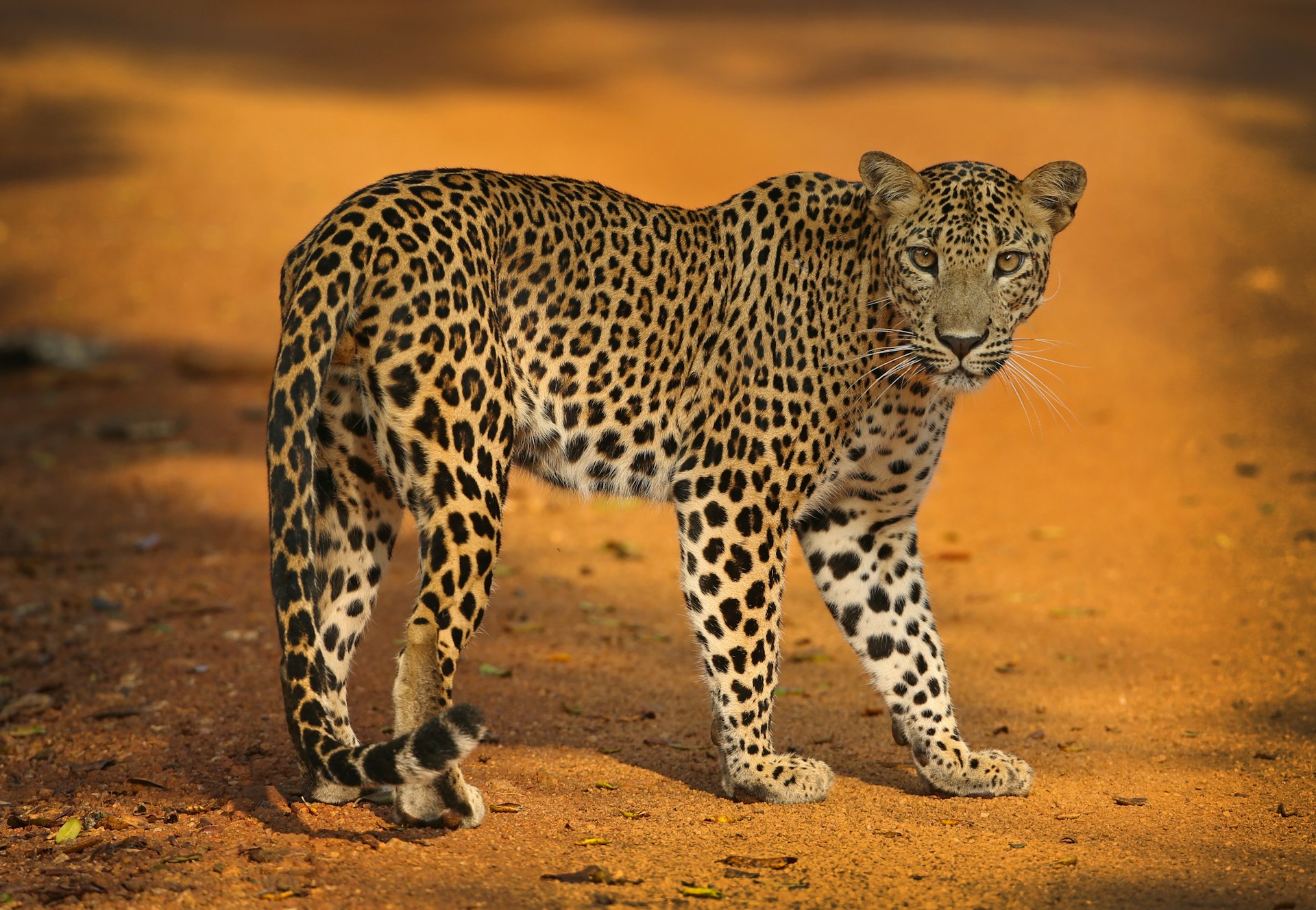
Yala National Park, Southern and Uva Provinces
Best for leopard sightings
Without a doubt, the most popular national park in Sri Lanka – and arguably one of the best places for big mammal sightings in the whole of Asia – Yala National Park pulls in huge crowds during the tourist season.
Visitors flock here for one reason in particular – the chance of a close encounter with one of Sri Lanka’s elusive leopards. While they’re not easy to spot, the chance of seeing one of these elusive beauties is reasonably good, particularly if you take a safari with a reputable and experienced park operator.
Most tourists only visit Block 1 of Yala, in the south, which makes up around a sixth of the whole park. Blocks 2, 3, 4, and 5 can also be explored with varying degrees of difficulty, taking you away from the day-tripping crowds.
On the western side of the park, Block 5 merges into neighboring Lunugamvehera National Park. It's a beautiful corner of Yala, containing a reservoir full of ghostly, flooded trees. Leopards and sloth bears roam here, and elephants can be spotted further south in Lunugamwehera. The northern sections of Yala (Blocks 2, 3, and 4) are also remote and overlooked by the crowds.
Trips to any part of Yala beyond Block 1 require some planning. Tracks are rough and overgrown, making any visit something of an expedition. Several tour companies (including Kulu Safaris) specialize in taking guests into these areas and there's accommodation in forest camps such as Tree Tops Jungle Lodge.
The best ways to get around in Sri Lanka at any time of year
Lahugala Kitulana National Park, Eastern Province
Best for combining history with birdwatching
While Sinharaja Forest Reserve is Sri Lanka's top destination for birders, small Lahugala National Park is well worth visiting for avian encounters. Come in the late afternoon, when you can also watch elephants and buffalo grazing peacefully in the water-logged beru grass. The park's forests of tall satinwood, rosewood, and palu trees are home to dozens of species of forest birds, including the rare red-faced malkoha.
On the outskirts of the park is the enormous, dilapidated Neelagiri Stupa, which is said to date from the 2nd century BC and has never been properly excavated. Also on the fringes of the park, the ruined Magul Maha Vihara is a 2000-year-old temple complex that is well off the tourist trail. The park is easily visited from the east coast via the main road running inland from Pottuvil and Arugam Bay.
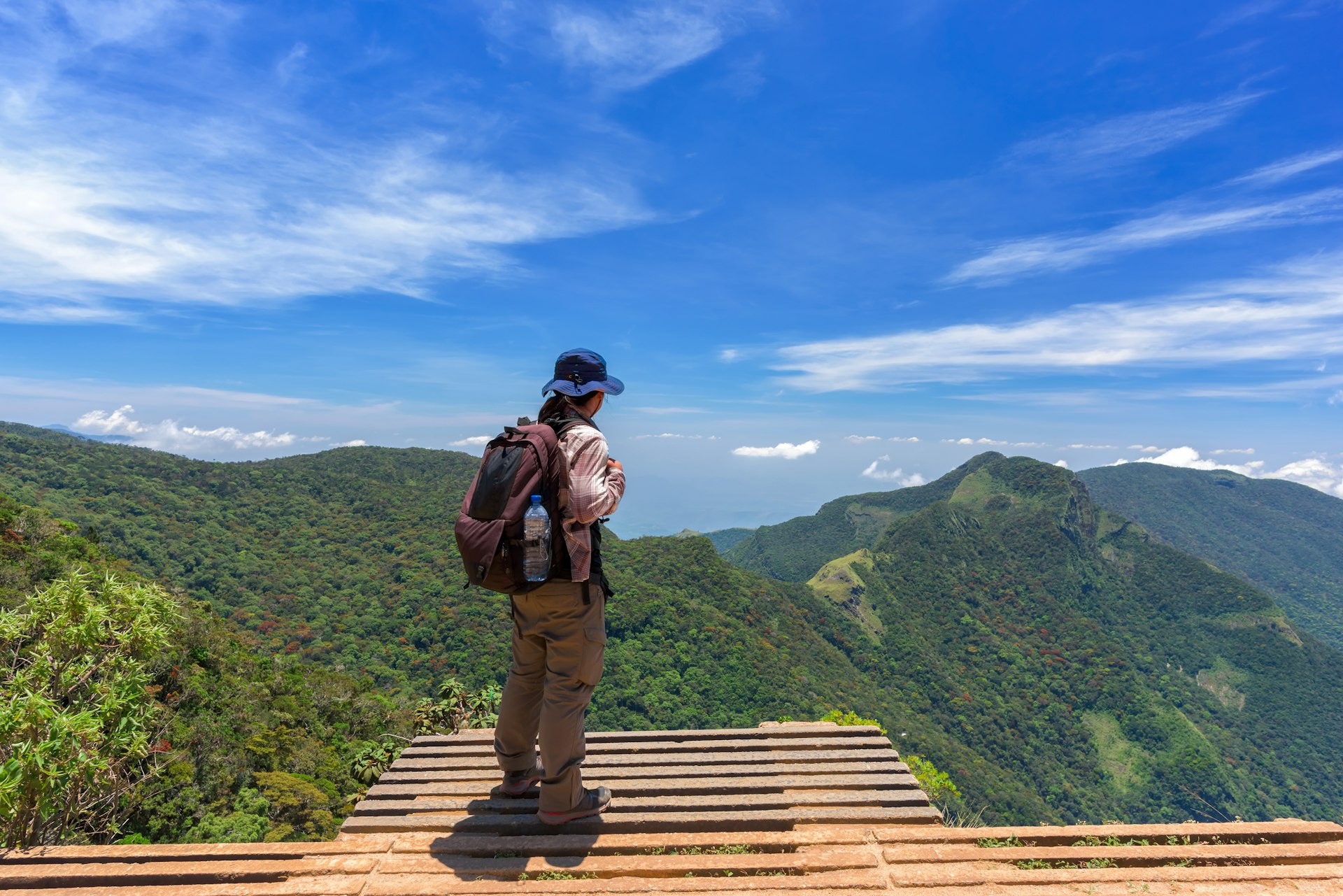
Horton Plains National Park, Central Province
Best for trekking and hiking
Covering the highest plateau in Sri Lanka, at an elevation of around 2000m (6562ft) above sea level, Horton Plains National Park is a magnificent magnet for birdwatchers and hikers. Whichever camp you fall into, it's worth following the trail from the park’s entrance to World’s End, a blow-you-away lookout with ethereal views, perched on the edge of an 880m (2625ft) drop.
The hike will take you over rivers, past waterfalls, and through lush cloud forests before you arrive at a vantage point that is famed for sightings of whistling thrushes and Sri Lankan bush warblers. You won’t see much in the way of mammalian wildlife up here, but that doesn’t matter when the birdlife and flora are this seductive.
The Horton Plains are usually visited from the nearby hill station of Nuwara Eliya, dubbed 'Little England' for its temperate climate and decidedly English-style colonial buildings. Nuwara Eliya certainly warrants a few days’ stay – as well as local hikes, you can enjoy civilized afternoons taking high tea at the Grand Hotel or visit nearby tea plantations to see how your brew was made.
Nuwara Eliya is also a good base for trips to Adam’s Peak (Sri Pada), Sri Lanka’s fifth largest mountain. A pilgrimage site for millennia, this holy peak is crowned by a rock with a curious depression – Buddhists claim it's the footprint of Buddha himself, while Christians attribute the footprint to Adam from the Bible. The peak is reached by a draining climb up a flight of 5500 steps – grueling and life-affirming at the same time.
Maduru Oya National Park, Eastern and Uva Provinces
Best for birds and Indigenous history
Northwest of Batticaloa, Maduru Oya is one of the least visited national parks in Sri Lanka. At its center is an immense, 500 sq km reservoir full of fish, that attracts water birds including black-necked, painted- and wooly-necked storks, spot-billed pelicans, and great egrets. Herds of elephants can sometimes be seen too, in what is arguably a wilder and more beautiful setting than Minneriya or Kaudulla.
Once a hunting ground of the Veddahs – Sri Lanka's threatened indigenous people – Maduru Oya feels impressively ancient. On the western edge of the park, the Veddah community of Henanigala has a stupa dating from the time of the Anuradhapura Kingdom, set in the shadow of a spectacular rock. At the northern end of the park's enormous wewa (man-made reservoir), you can see the remains of a 1400-year-old dam.
Safaris to Maduru Oya are rare, but several companies run trips. Upscale tented-camp operator Mahoora runs a seasonal eco-camp here as part of its roaming program of national park stays around Sri Lanka. If you do visit, you might find your safari group is the only one in the reserve.

Gal Oya National Park, Eastern Province
Best for boat safaris
Gal Oya is a wilderness of tumbling mountains and ancient woodland surrounding a huge, island-filled lake. The few tourists who come here are rewarded with unique experiences. The Gal Oya Lodge runs boat safaris where you can spot crocodiles, turtles, and swimming elephants, as well as immersive walks around the forest guided by members of the local Veddah community.
This is not the park to visit for leopard encounters; the animals are out there, but they're wary of humans. However, the forests are teeming with butterflies, geckos, monkeys, and beautiful birds such as golden orioles and paradise flycatchers. For lovers of serene nature, Gal Oya is idyllic.
Angammedilla National Park, North Central Province
Best for overnight camping trips
East of Dambulla, Anngamedilla only became a national park in 2006, and it's surprisingly beautiful and pristine considering its short history. Within its dense forests are lily-covered lakes and a large wewa (reservoir), the Parakrama Samudra, bookended by an 800-year-old stone weir and a small campsite, mainly used by local families.
The park merges with the northern tip of Wasgamuwa National Park, and elephants can occasionally be seen wandering into the park fringes. Polonnaruwa is just a 30-minute drive away along the edge of the wewa, making this park a good choice if you want to combine history and nature in a single day trip from the coast.
You may also like:
The 10 best beaches in Sri Lanka
The top 18 things to do in Sri Lanka: Experience the best of this island nation
Tea trails, rugged ruins and sacred summits: the best hikes in Sri Lanka
